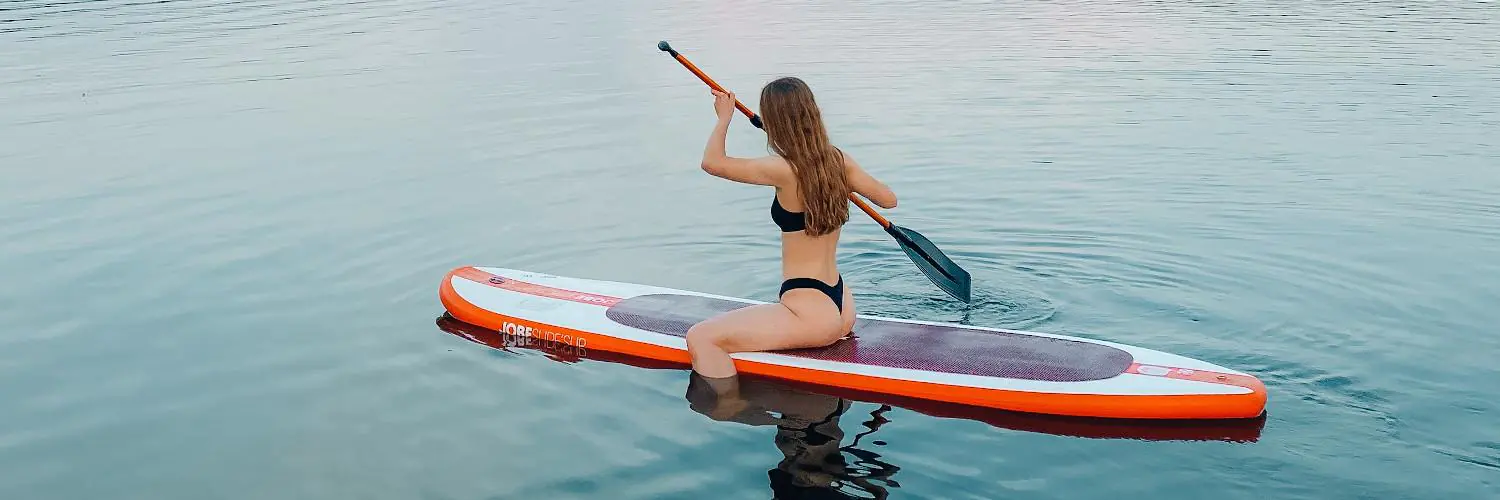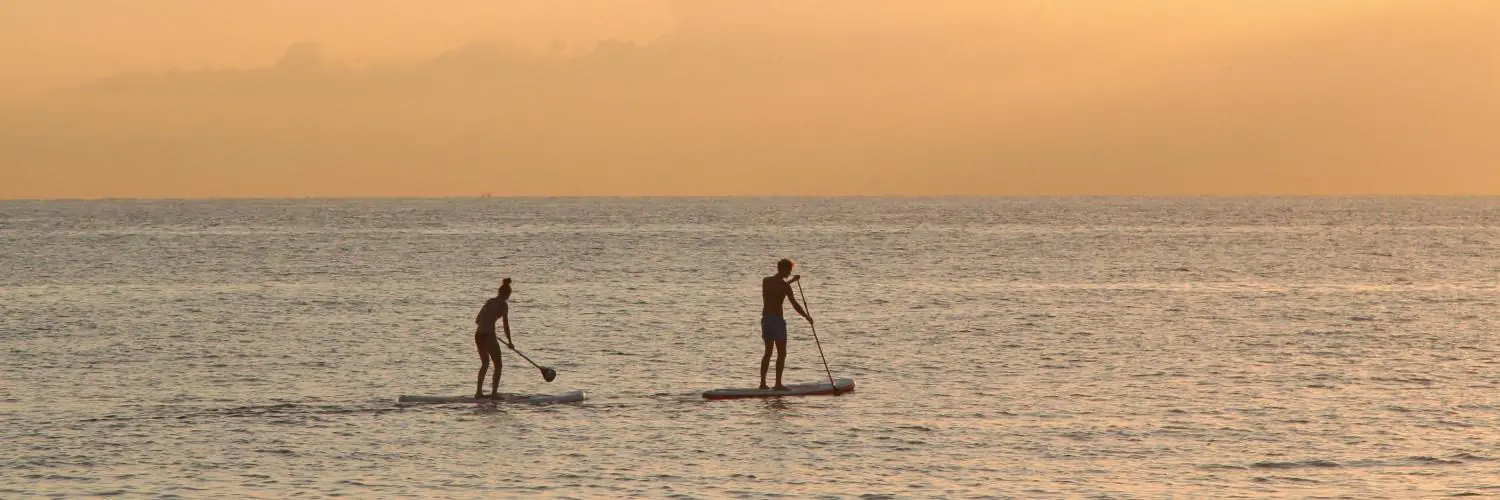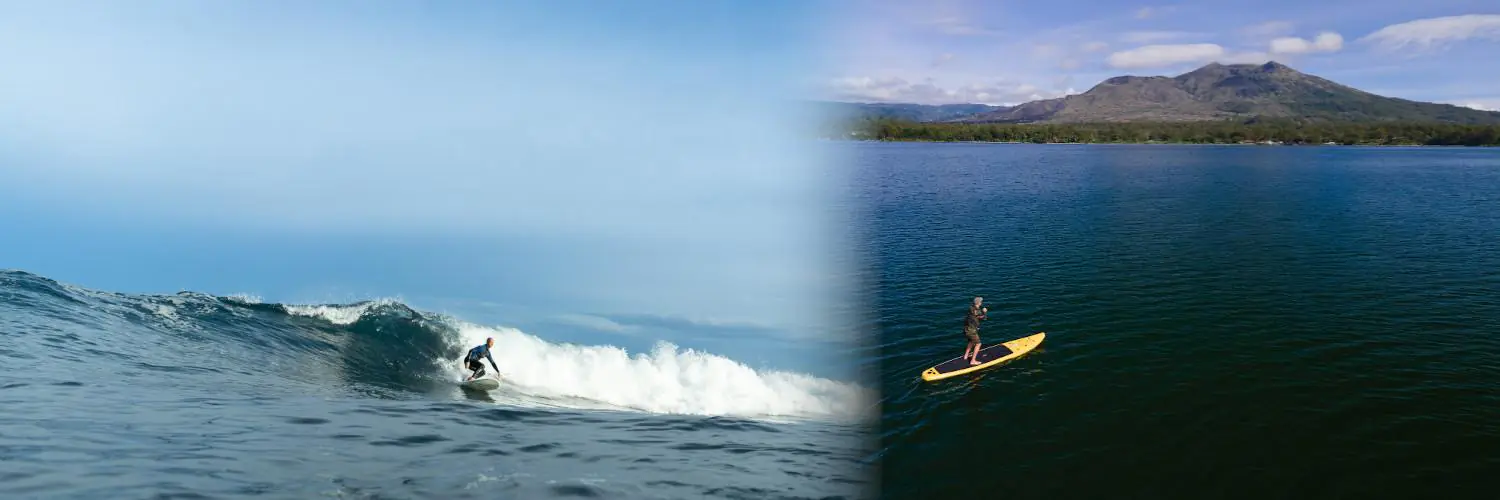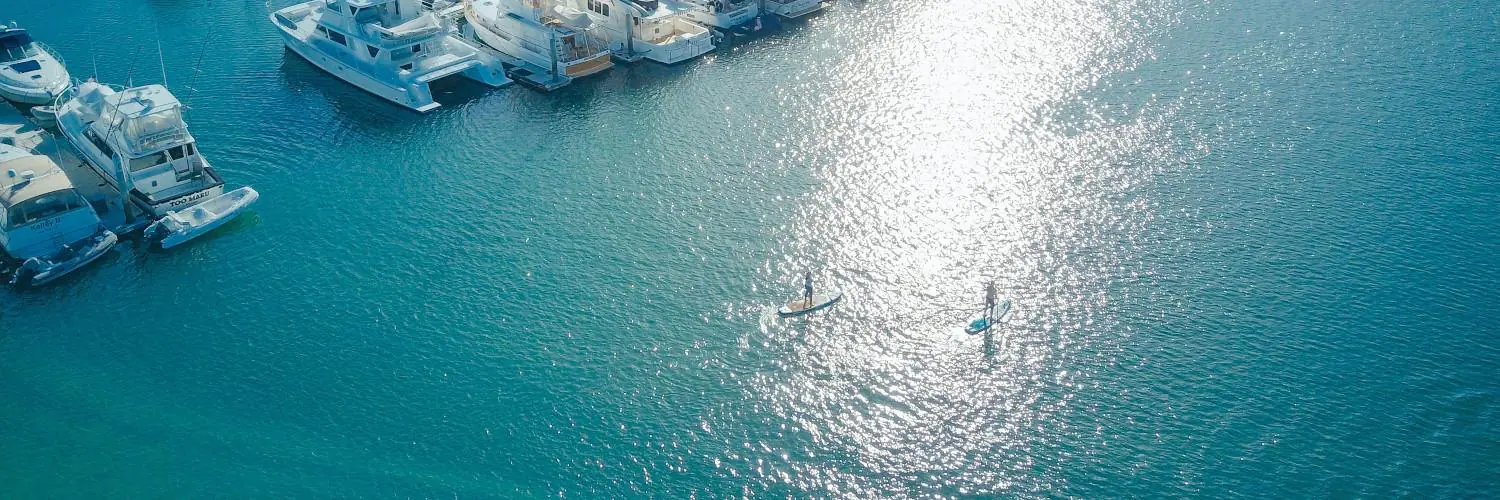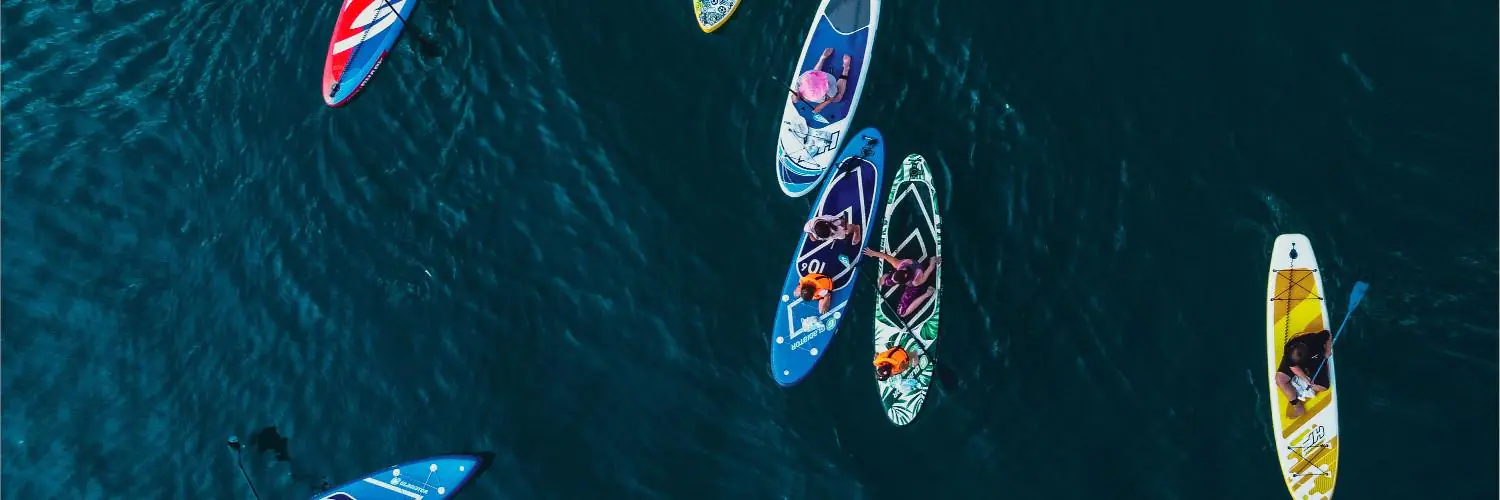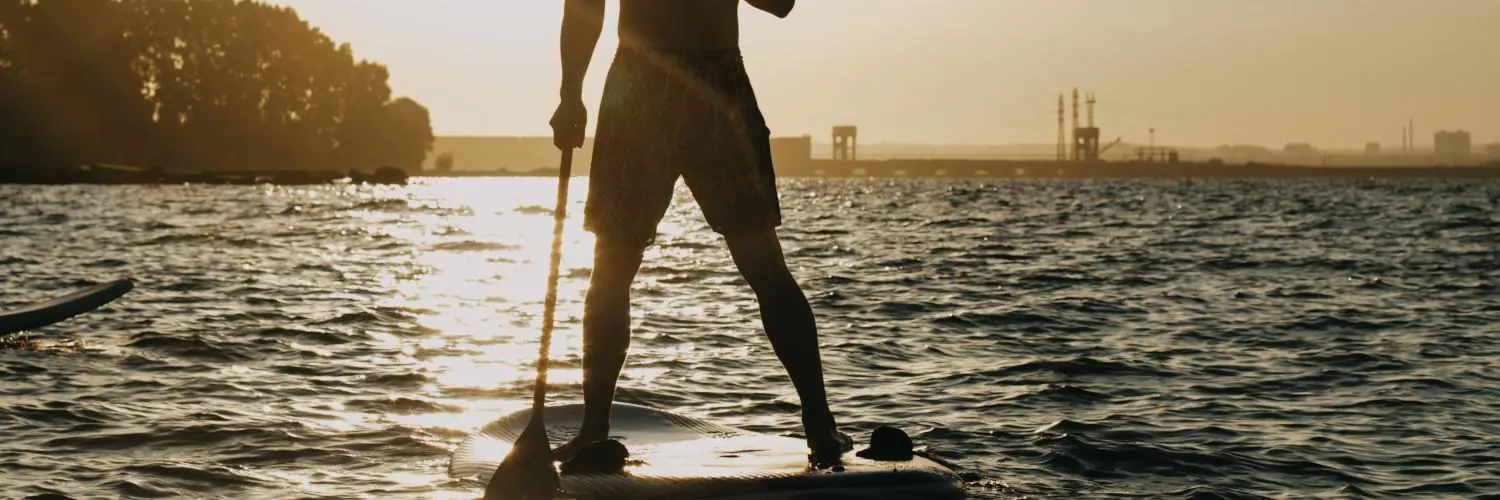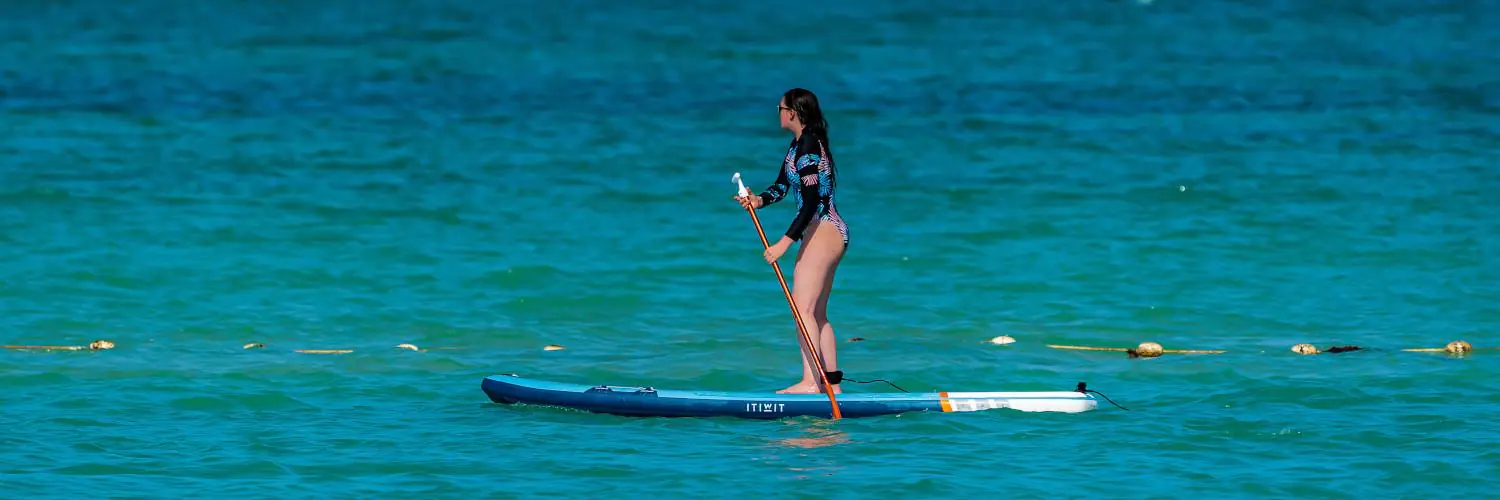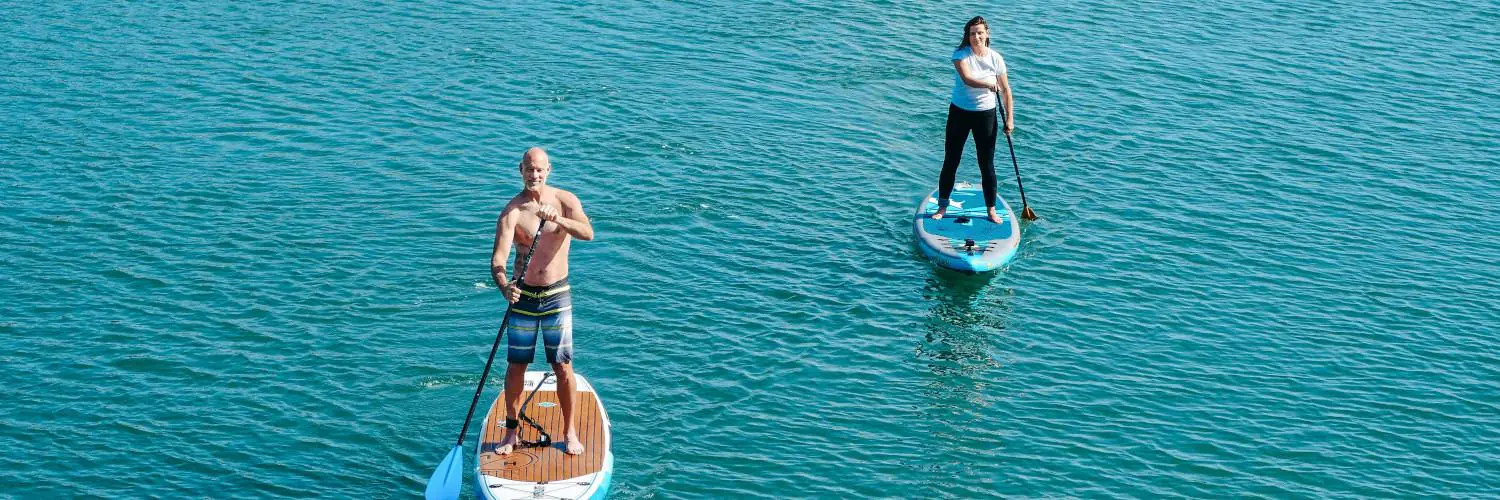It’s an outdoor activity done on water where you stand on a large board and paddle. Of all the board sports, it is among the fastest to grow throughout the world. It is a subclass of paddle boarding in which a player also uses arms while kneeling, lying, or standing on a narrow and long paddleboard to move around in the water. The standup paddle boarding can be enjoyed anywhere there is water. You can do it in still water like lakes, streams, or big pools. It’s really good for exercise and is very fun to do. You can do yoga or fish on it too. There are several types of paddle boards which differ depending upon their usage. There are many types for racing, surfing, calm water cruising, and mixed versions. The stick has three parts: a grip, shaft, and the flat end. It is an ever growing competitive water sport with competitions taking place all over the world.
Table of Contents
History of paddle boarding
It is a sport with history from Africa, South America, and the ancient Polynesian culture. It is believed that 16th century natives used wooden logs for catching fish and moving in the water. In the 1920s the Americans built boards with half the weight of historical models. It remained in the shadows of surfboards and surfing as smaller and lighter weight boards were mainly present in the market. Paddle boarding is becoming important thanks to successful races. Older surfers also really enjoy it.
What are stand up paddle boards made of?
The material used for the manufacture of SUP board influences its lifespan, durability, and handling. Most of the solid paddle boards are made of fiberglass and epoxy resin layers over hollow wood or foam cores. Some of the inexpensive boards are made of foam cores. High-end paddle boards are made of carbon fiber over foam cores. The inflatable paddle boards are made of PVC plastic outer layers over an inflatable core. The SUP manufacturing industry didn’t go through a long period of improvement as it was closely related to the surfing industry. Most of the paddle boards are made from one of the following material
- Plastic: plastic can be rotomolded to form SUPs.
- Foam: Some of the soft SUP boards are made mainly of foam with some parts of plastic as well.
- Wood: These boards use a hollow core wood construction.
- Fiberglass and epoxy resin: Some solid boards are typically made of fiberglass reinforced plastic with polyester or epoxy resin over a foam core.
- Carbon Fiber: They use foam cores surrounded by carbon fiber layers instead of fiberglass.
- PVC and Polycarbonites: All the tough and inflatable SUPs are made from tough PVC using drop stitch technology and they are thought to be the best boards.

